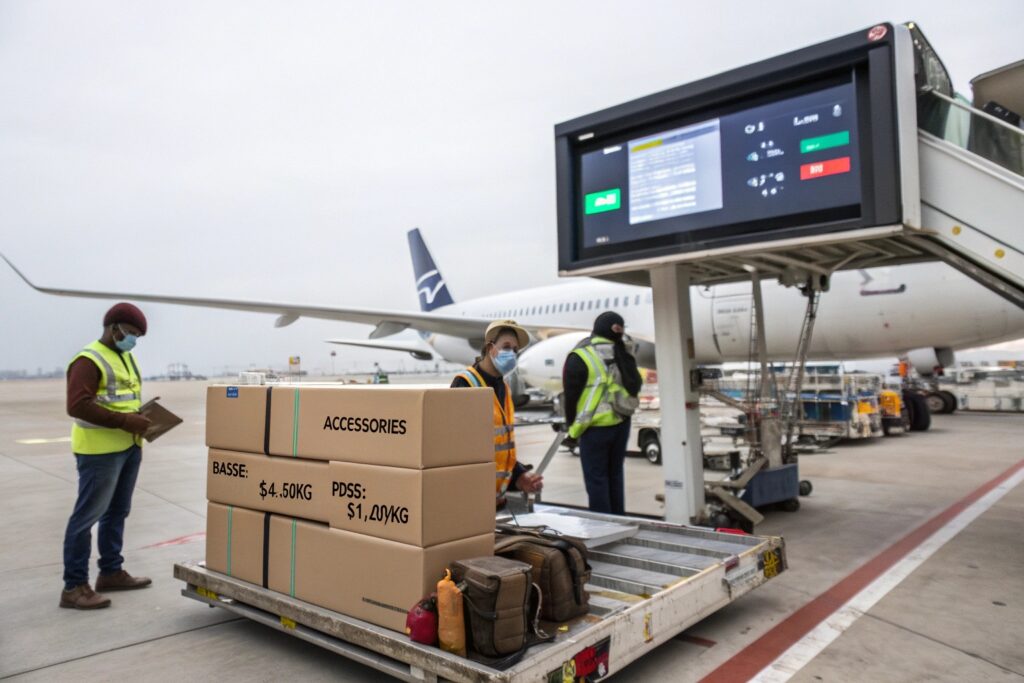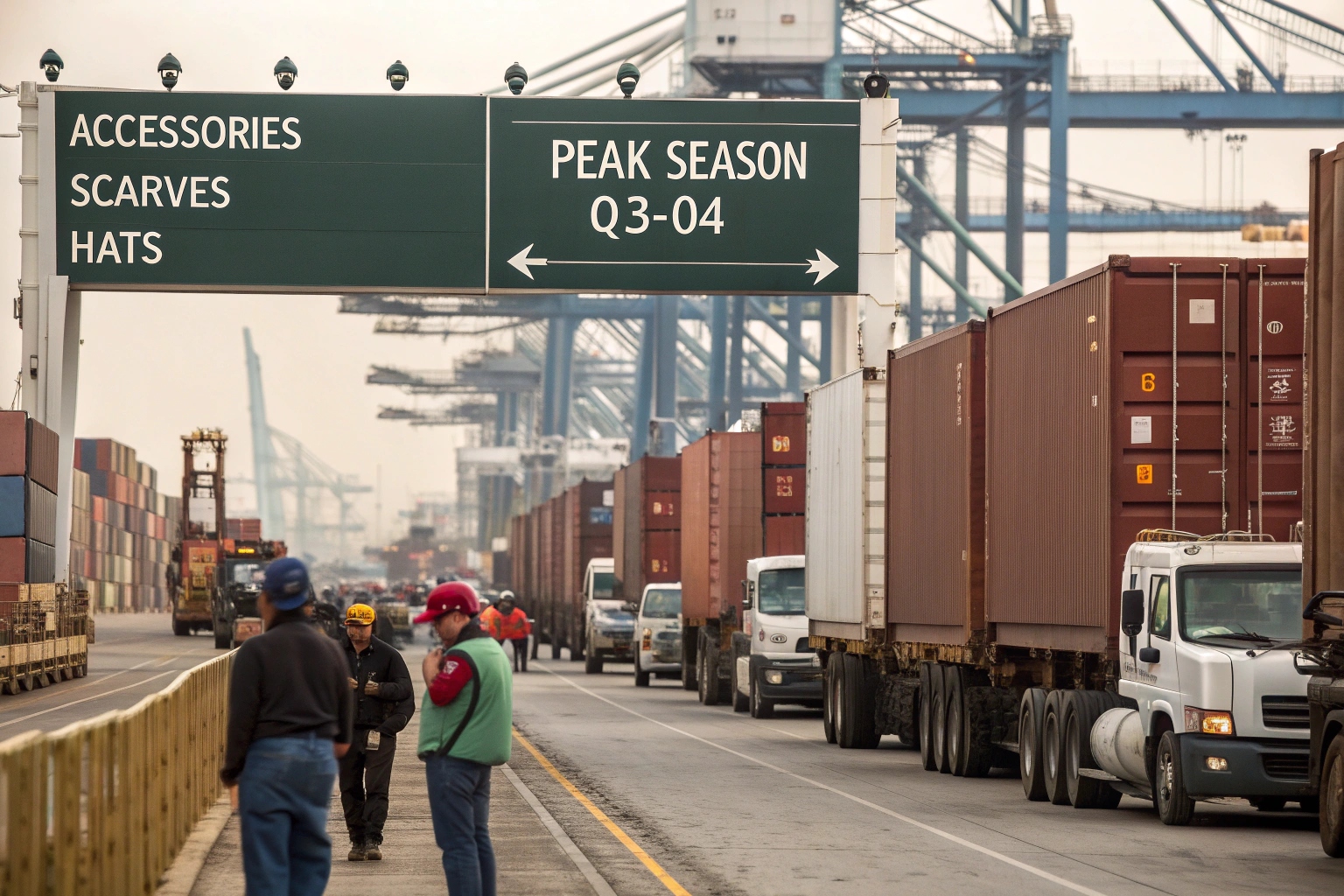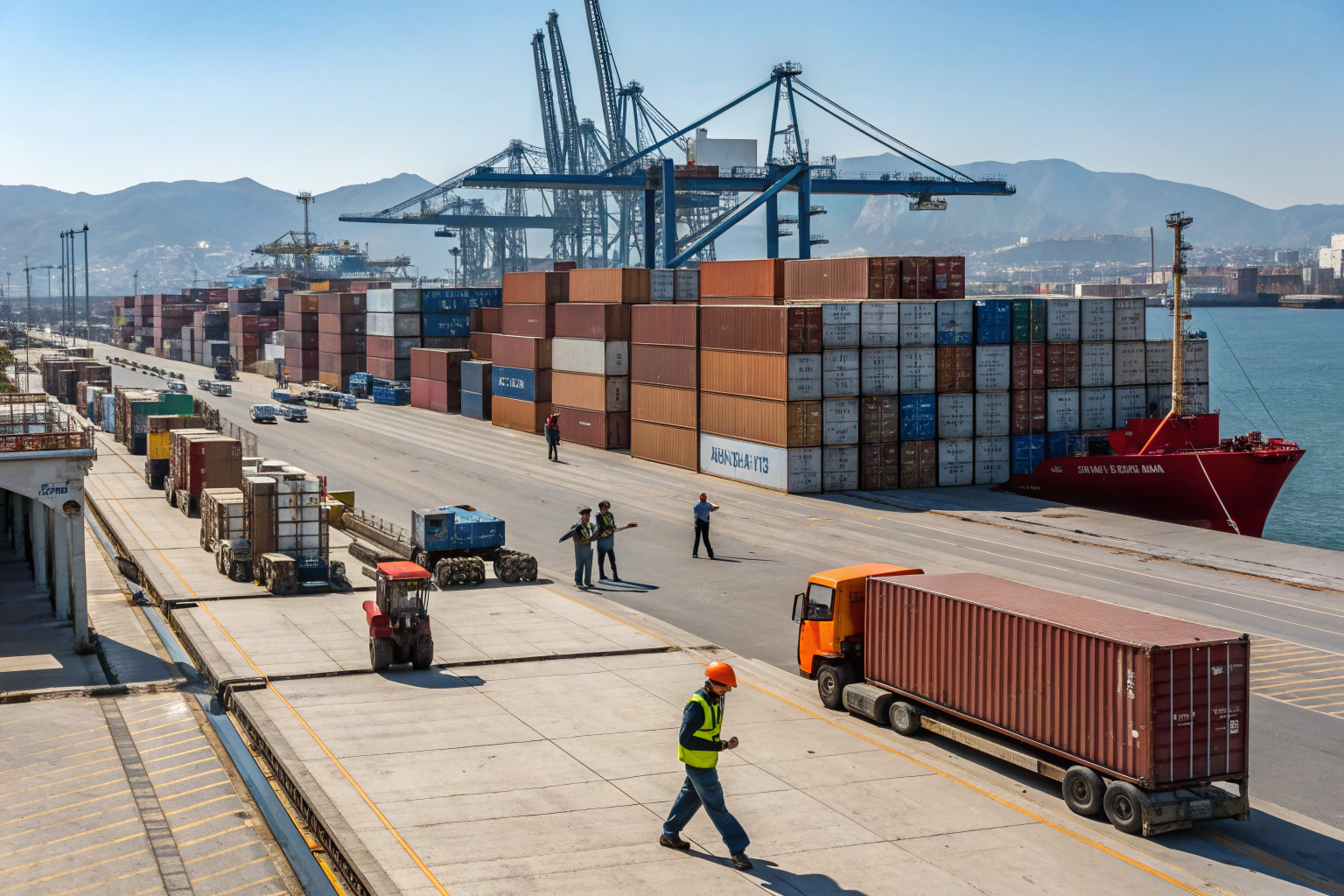Every year, as Q3 rolls into Q4, shipping rates jump—sometimes without warning. Whether you're moving holiday scarves or stocking hair accessories for Black Friday, freight suddenly costs more. Why? Because you're shipping during peak season.
Peak season surcharges (PSS) are temporary fees added by carriers during high-demand periods, typically Q3–Q4, to offset congestion, space shortages, and elevated operational costs in global shipping routes.
At AceAccessory, we help clients anticipate and budget for PSS—especially when planning shipments to the U.S. or Europe from July through December. Here's how these fees work and how you can manage them.
What is peak season surcharge in shipping?
You planned ahead, confirmed freight with your forwarder, and then—boom! Your shipping quote just went up. That’s the peak season surcharge in action.
Peak season surcharge (PSS) is a variable fee added to freight costs during times of high global shipping demand, especially before major holidays or retail events. It is most common in ocean freight, but can also apply to air and express shipping.

Typical Peak Season Periods
| Region | Peak Season Timing | Primary Cause |
|---|---|---|
| China to USA | July–October | Back-to-school, holiday stock-in |
| China to Europe | August–November | Fall/Winter fashion, Q4 retail demand |
| Global Air Freight | October–December | E-commerce, express gift shipments |
We’ve seen quotes increase by $200–$600 per container in peak months. For air freight, that could mean $1.50–$2.50 more per kg, especially if routing through congested hubs like Hong Kong or Frankfurt.
What is a high season surcharge?
While PSS usually refers to specific periods, high season surcharge is a broader term used across the logistics industry to capture any rate hike due to seasonal shipping spikes.
A high season surcharge is a general additional fee applied during busy periods when shipping capacity is limited and demand is at its peak—usually aligned with major shopping seasons, agricultural exports, or regional festivals.
![]()
Key Differences Between PSS and High Season Surcharges
| Fee Type | Applied By | Common Timing | Scope |
|---|---|---|---|
| Peak Season Surcharge | Ocean carriers | Q3–Q4 | Container-based charges |
| High Season Surcharge | Carriers & forwarders | Year-round (varied) | General rate increases |
At AceAccessory, we monitor both charges. For example:
- July-September: Back-to-school rush → PSS on LCL and FCL
- October-November: Black Friday prep → High season air freight spike
- Pre-Lunar New Year (Jan-Feb): High season surcharges on both sea and air
What is peak season surcharge for air freight?
Unlike ocean freight, where PSS is a set container fee, air freight surcharges are calculated per kilogram and fluctuate quickly with demand.
Air freight peak season surcharges are per-kilo fees added on top of standard air cargo rates during high-demand periods, such as pre-Christmas or before Chinese New Year. Rates vary by route, airline, and cargo type.

Air Freight Surcharge Example (China to USA, Q4)
| Standard Air Rate (per kg) | Peak Season Surcharge (per kg) | Total Cost (per kg) |
|---|---|---|
| $4.00 | $1.80 | $5.80 |
For small accessory shipments—like custom hair clips or packaged headbands under 500 kg—this adds up fast. A 200 kg air shipment could jump from $800 to $1,160 just due to seasonal demand.
At AceAccessory, we often recommend:
- Sea-air hybrid options for mid-volume orders
- Booking air cargo 3–4 weeks early to avoid rate hikes
- Exploring multi-airport routing (e.g., Shenzhen–Los Angeles vs. Guangzhou–JFK)
What is peak season fee?
Depending on your forwarder or shipping platform, you may see “peak season fee” listed instead of “PSS.” They usually mean the same thing—but may be broken out differently on your invoice.
A peak season fee is a broad term covering any additional charges during shipping high-demand periods. It can include PSS, congestion charges, fuel surcharges, or space guarantee fees.

What’s Usually Included in a Peak Season Fee?
| Component | Description |
|---|---|
| Base PSS | Fee per container or shipment |
| Congestion Fee | Applied at origin or destination port |
| Priority Booking Charge | Extra fee to secure space on popular lanes |
| Fuel Surcharge | Adjusted with oil market volatility |
We once helped a client importing gloves to Germany save over $1,200 by shifting their order two weeks earlier—avoiding Lufthansa’s peak fee hike entirely.
At AceAccessory, our forwarders provide 4-week rate forecasts so you can choose the best departure window and keep your landed costs predictable.
Conclusion
Peak season surcharges are a reality for importers—but they don’t have to wreck your margins. With good planning, route flexibility, and a factory like AceAccessory coordinating shipment windows, you can avoid the worst hikes and keep your accessory shipments moving on time and on budget.










